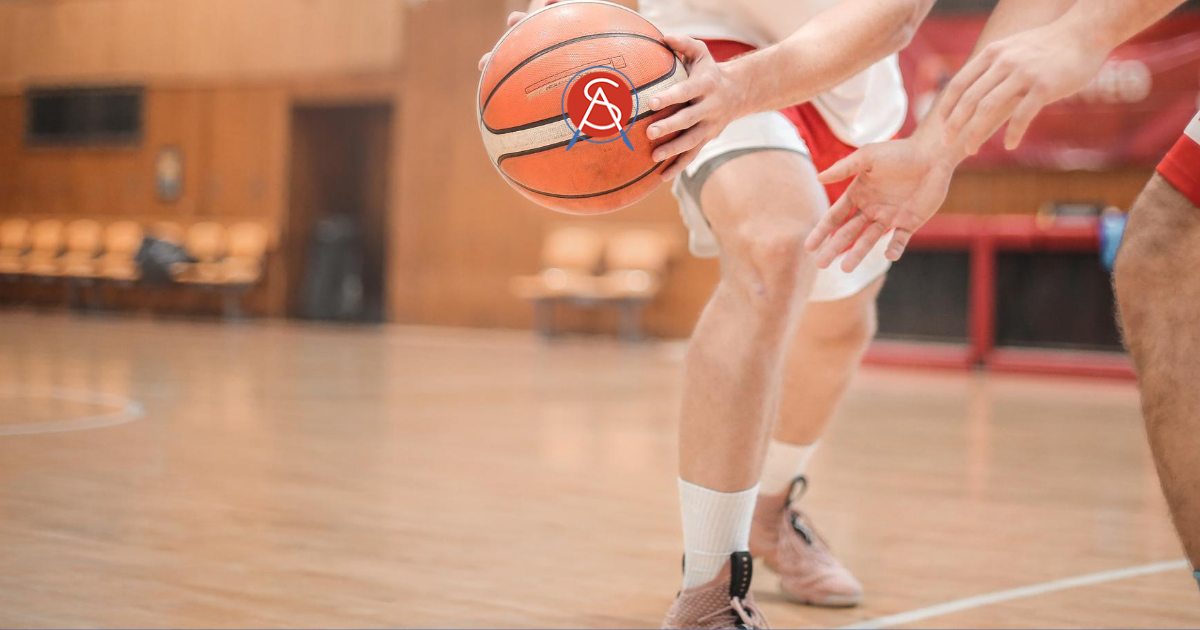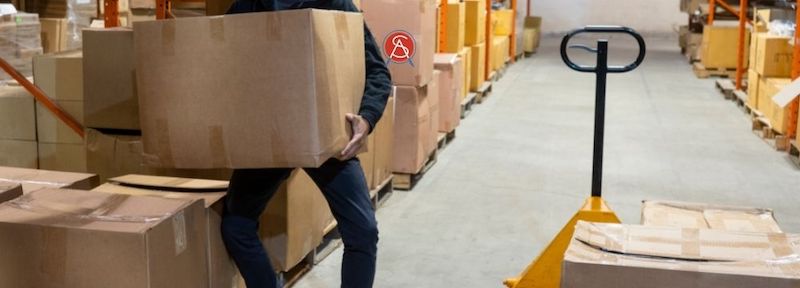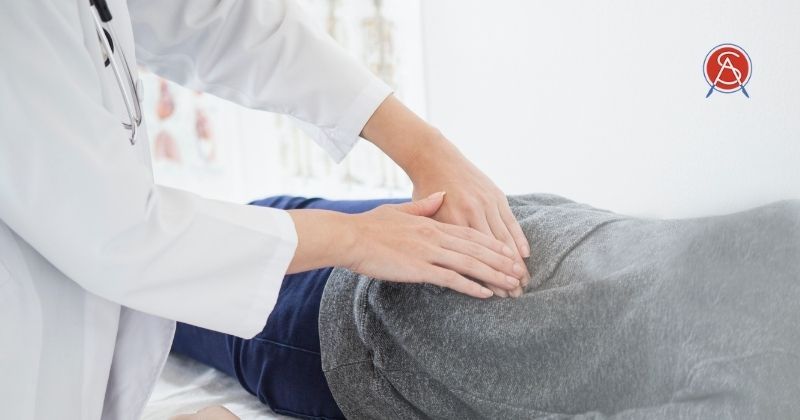A sports hernia (also known as athletic pubalgia) is an injury with symptoms very similar to an inguinal or groin hernia. Typically, participants in sports requiring quick direction changes or sudden twisting movements may develop a sports hernia. The most common sports that cause this condition are soccer, football, golf, hockey and sometimes basketball.

While we use the term sports hernia, this condition is not a true hernia by definition. Unlike a true inguinal hernia, there’s no hole in the fascia and intestinal contents do not protrude under the skin to cause a visible bulge. However, the condition may cause occasional swelling from the affected tendon or muscle. The most common parts of the anatomy that are affected by a sports hernia are the tendons – usually the adductors – that can stretch, strain or tear – causing the pain for which patients seek help.
Diagnosing a Sports Hernia
The quest for diagnosis is typically begun with a history and physical exam. The patient’s description of the pain and precipitating factors are very important in suggesting sports hernia. The physical findings begin with checking and ruling out a routine inguinal hernia. Once we ascertain no inguinal hernia is present, the exam focuses more on the possibility of sports hernia. Next, we usually ask the patient to perform certain physical activities to elicit pain in expected areas. In most cases, imaging tests including ultrasound or MRI can be diagnostic in confirming or eliminating the diagnosis.
Can a Sports Hernia Lead to Something Worse?
While a sports hernia is distinct from an inguinal hernia, the consequences of ignoring the problem may be just as severe with progression and worsening of symptoms. Insufficient rest or inadequate treatment can eventually lead to severe pain during sports activities, which may or may not resolve over the long term.
Treatment for a sports hernia
Unlike an inguinal hernia, athletic pubalgia may get better with non operative conservative treatment. To start, rest is imperative. Patients can then follow-up with physical therapy to improve the strength of the abdomen and inner thigh. Limiting the sports activity which helped cause the injury is the first step. During this time anti-inflammatory medication will be prescribed to help speed the recovery process.
If, however a course of conservative treatment does not help the patient with the pain, surgical treatment, very similar to a hernia repair, should be considered.





